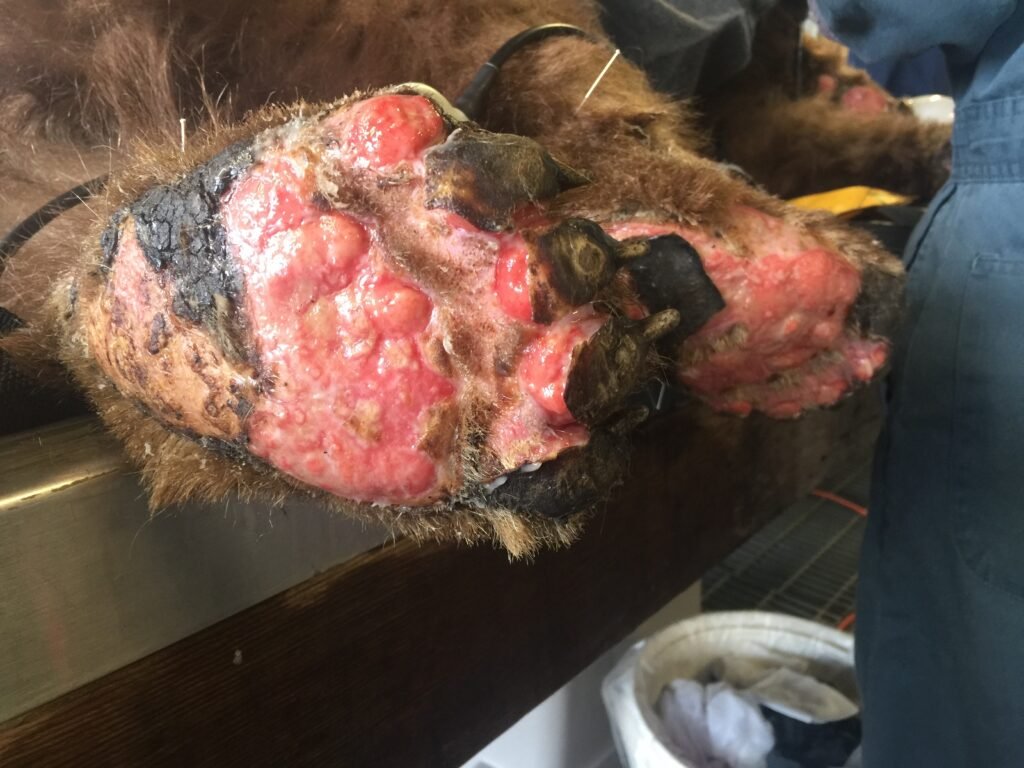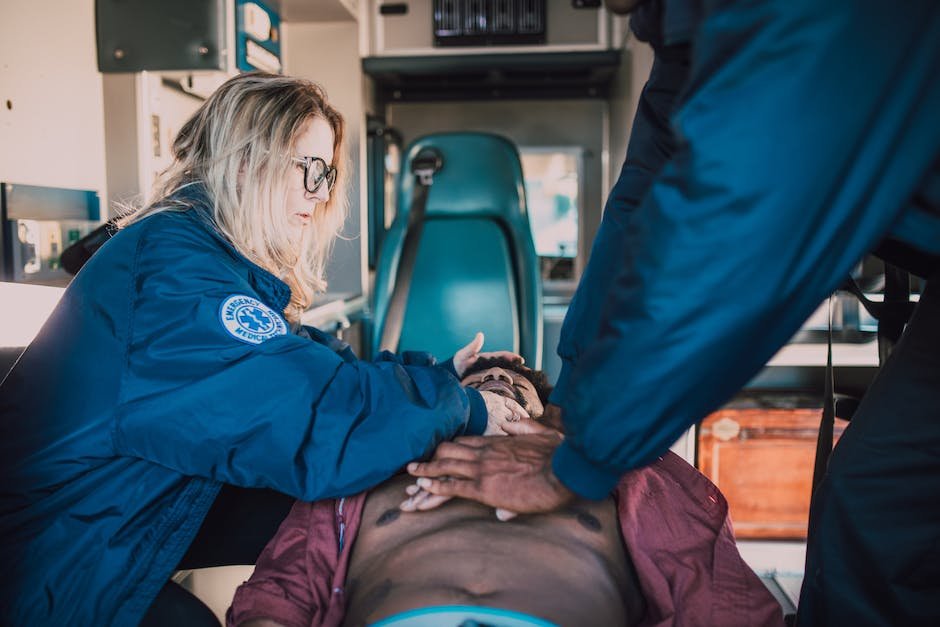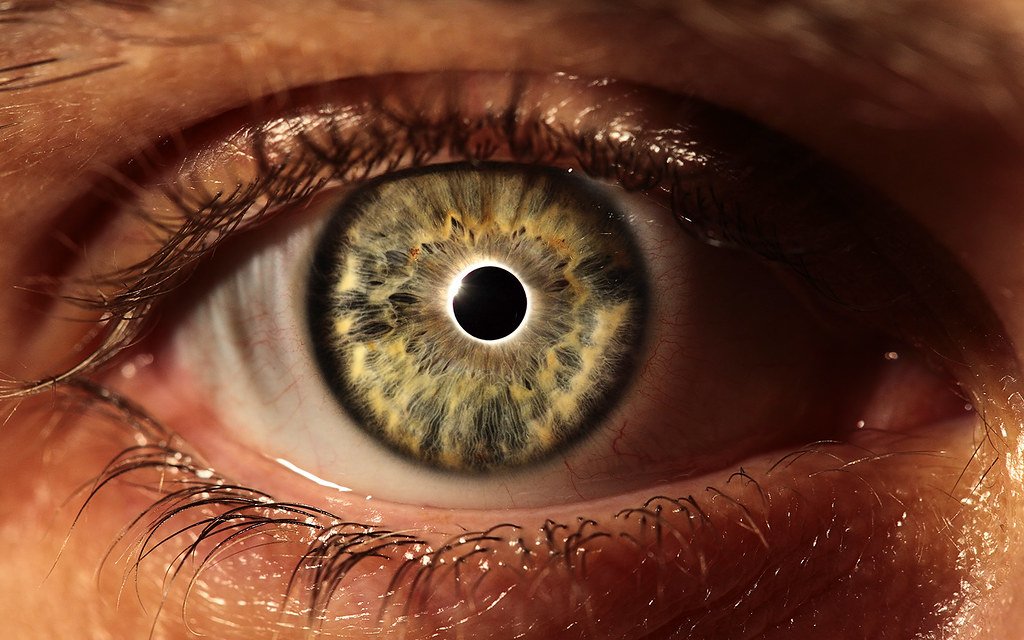Now Reading: How to Treat Frostbite in Survival Scenarios
-
01
How to Treat Frostbite in Survival Scenarios
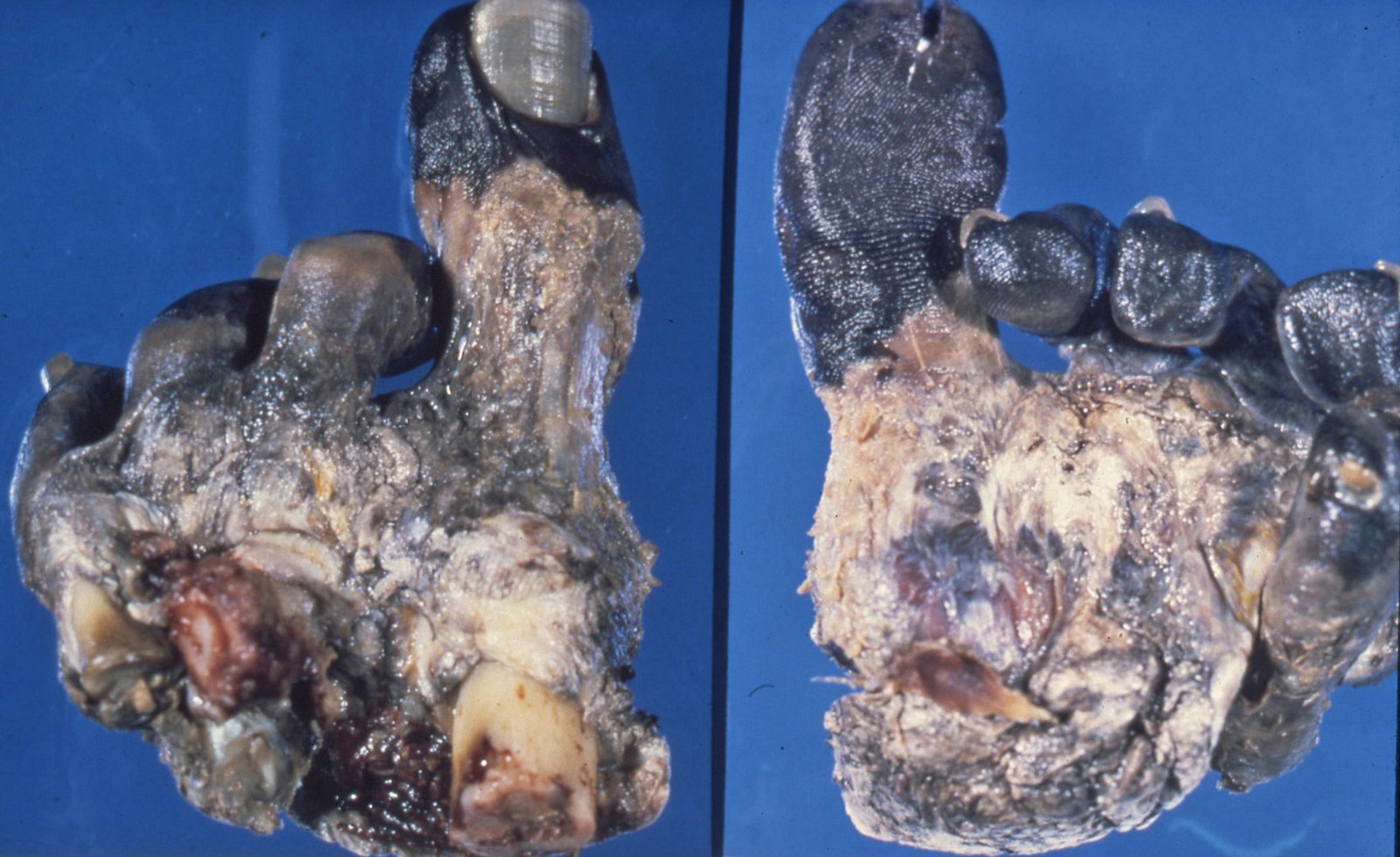
How to Treat Frostbite in Survival Scenarios
Imagine a world blanketed in icy desolation, where survival hangs by a thread amidst bone-chilling winds and frozen landscapes. In this dire realm, frostbite emerges as an unmerciful foe, gnawing at the extremities of those striving to endure. When faced with such an arctic assault on our bodies, it becomes essential to equip ourselves with the knowledge and skills necessary to treat this menacing condition in even the harshest of survival scenarios. In the following guide, we delve into the depths of frostbite treatment, shedding light on the critical steps that can mean the difference between life and limb. So, prepare to venture into the freezing abyss, armed with invaluable insights and techniques, as we explore how to confront frostbite head-on in your most desperate moments of need.
Table of Contents
- Identifying Frostbite Symptoms and Severity Levels
- Immediate Measures to Prevent Further Damage
- Effective First Aid Techniques for Frostbite
- Special Considerations for Wilderness Survival
- Recovery and Rehabilitation: Steps for Treating Frostbite
- Q&A
- Future Outlook
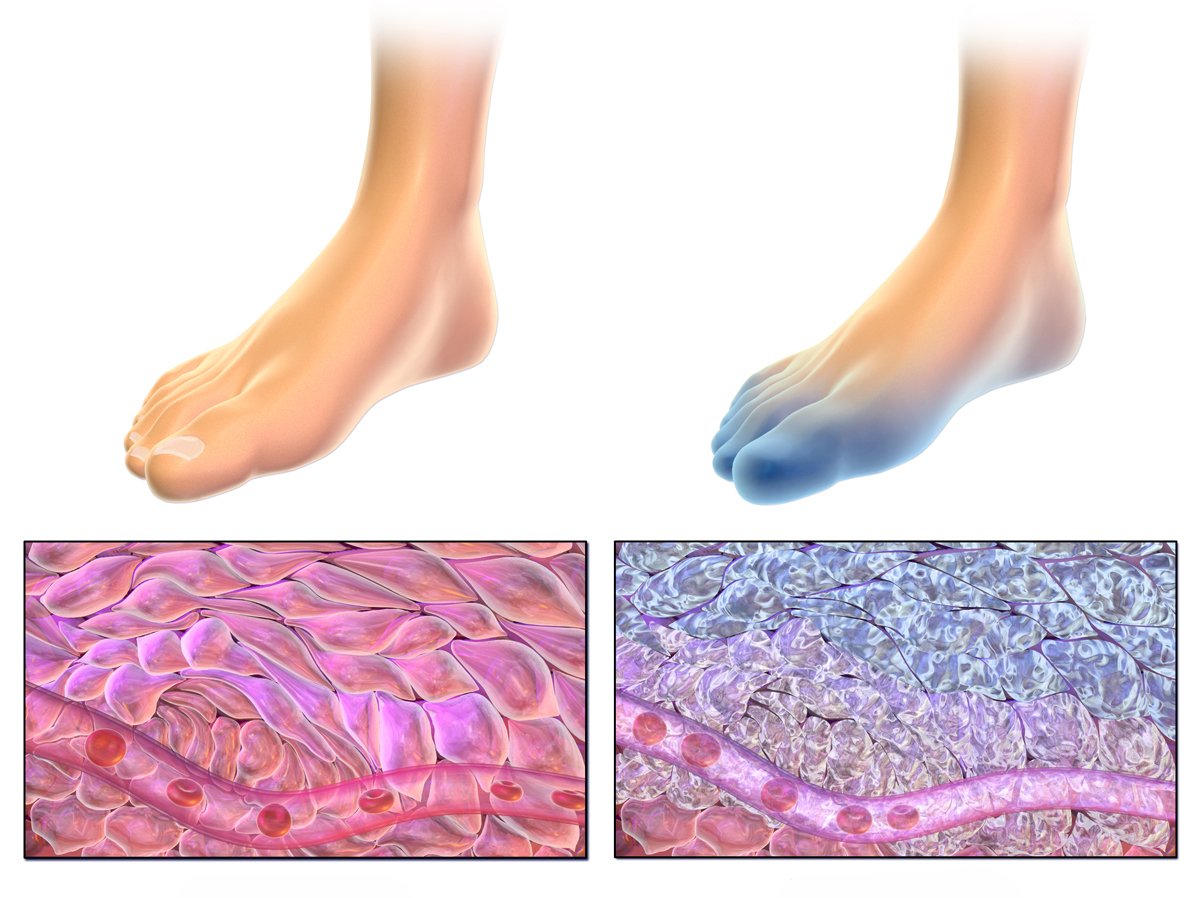
Identifying Frostbite Symptoms and Severity Levels
When it comes to frostbite, early detection is crucial in preventing further damage and promoting effective treatment. Here are some key signs to look out for:
- Skin Color Changes: The first visible indicator of frostbite is a change in skin color. Affected areas typically appear pale or bluish-white, indicating reduced blood flow. Pay close attention to fingers, toes, ears, nose, and cheeks.
- Numbness or Tingling Sensation: As frostbite progresses, the affected area may feel unusually cold or numb. This numbness may be accompanied by a tingling or prickling sensation.
- Hard, Waxy Skin: Severe frostbite can cause the skin to become hard and waxy to the touch. The texture may resemble that of a candle or a frozen object.
- Blisters or Blackened Skin: In severe cases, frostbite can lead to the formation of blisters filled with fluid or the development of blackened or darkened skin. These signs indicate tissue damage and require immediate medical attention.
Once frostbite symptoms become evident, it’s important to assess the severity and take appropriate action:
- First-Degree Frostbite: This is the mildest form of frostbite where only the outer layer of skin is affected. Symptoms include skin discoloration, numbness, and mild pain.
- Second-Degree Frostbite: In this stage, both the outer and underlying tissues are damaged. Blisters, swelling, increased pain, and a burning sensation may be present.
- Third-Degree Frostbite: The most severe stage, third-degree frostbite affects all layers of the skin and can extend to muscles, tendons, and even bones. Skin turns black and the area feels completely numb due to extensive tissue damage.
Remember, if frostbite symptoms are present, seek medical attention immediately. Prompt diagnosis and treatment can help prevent complications and optimize recovery.
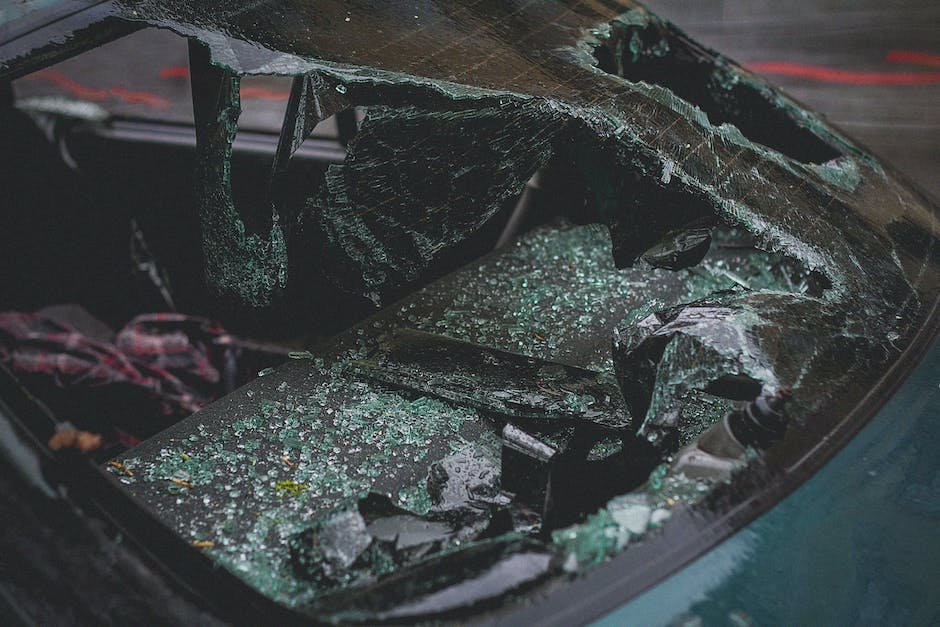
Immediate Measures to Prevent Further Damage
When faced with a situation that requires urgent attention to prevent further damage, swift action is of utmost importance. Here are some immediate measures that can be implemented:
- Evacuation: If there is an immediate threat to people’s safety, it is crucial to evacuate the affected area as quickly and orderly as possible. Organize an evacuation plan and ensure everyone understands and follows the designated routes to a secure location.
- Containment: In case of a hazardous chemical or biological spill, immediate containment is vital to minimize its impact. Identify the source of the spill, establish barriers, and implement measures to prevent the spread of contaminants. Proper protective equipment should be worn by personnel involved in containment efforts.
- Temporary Repairs: If there is damage to essential infrastructure or facilities, temporary repairs should be undertaken to prevent further deterioration. This may include securing or reinforcing weakened structures, stopping leaks, or patching holes. Engage skilled professionals to assess the damage and carry out the necessary repairs swiftly.
Remember, the key to preventing further damage lies in prompt and efficient action. Ensure clear communication with relevant authorities, keep people informed about the situation, and maintain a calm and organized approach throughout the process.
Effective First Aid Techniques for Frostbite
When it comes to treating frostbite, time is of the essence. Immediate action can make a significant difference in minimizing damage and promoting healing. Here are some effective first aid techniques to help you handle frostbite with care:
- Move to a warm and sheltered area: If you suspect frostbite, the first step is to get out of the cold environment. Seek shelter indoors or somewhere with a heated space to prevent further freezing.
- Gently rewarm the affected area: It’s important to remember that frostbitten skin is delicate, so avoid using direct heat sources such as hot water, heating pads, or direct sunlight. Instead, immerse the frostbitten area in warm (not hot) water, around 104°F (40°C). You can also use body heat by tucking the affected area against your warm skin.
- Elevate and protect the frostbitten area: Elevating the affected body part helps reduce swelling. Use a sterile dressing or a clean cloth to loosely bandage the area and provide protection. Avoid rubbing or massaging the frostbitten skin, as it can cause further damage.
- Over-the-counter pain relief: If the person affected by frostbite is experiencing pain, over-the-counter pain relievers like ibuprofen can be taken according to the recommended dosage to alleviate discomfort.
- Seek medical attention: It’s essential to arrange for professional medical help as soon as possible. Frostbite requires proper evaluation and care by healthcare professionals to prevent complications and ensure the best possible recovery.
Remember, these first aid techniques should be applied temporarily until appropriate medical care can be provided. Always prioritize the safety and well-being of individuals in frostbite situations and consult a healthcare professional for proper diagnosis and treatment.
Special Considerations for Wilderness Survival
When venturing into the wilderness, there are several important factors to keep in mind for a safe and successful survival experience.
1. Wildlife Awareness:
The diverse wildlife found in the wilderness adds to its beauty, but it’s important to be prepared and respectful of their habitats. Always keep a safe distance from animals and avoid approaching them. If you encounter a bear or other dangerous creature, make yourself appear larger, make noise, and slowly back away. Remember, it’s crucial to understand the specific wildlife in the area you’re exploring, as it may require additional precautions and knowledge.
2. Navigation:
Wilderness areas often lack marked trails, making navigation challenging. Before setting off, ensure you have a detailed topographic map of the area, a compass, and the necessary skills to use them effectively. It’s advisable to bring a GPS device as a backup. Carry a whistle or signal mirror to alert others to your presence, especially if you become disoriented or lost.
3. Extreme Weather Conditions:
The wilderness is notorious for unpredictable weather patterns. Dress in layers, protecting yourself from both extreme heat and cold. Stay informed about the weather forecast for your area and adjust your plans accordingly. Always carry essential items like a waterproof tent, extra clothing, a reliable fire starter, and enough food and water to sustain yourself for unexpected delays.
Recovery and Rehabilitation: Steps for Treating Frostbite
Once frostbite has been diagnosed, it is critical to initiate immediate treatment to prevent further damage and promote healing. It is essential to remember that each case of frostbite varies in severity, so it is essential to consult a medical professional for personalized advice. However, here are some general steps commonly recommended for the recovery and rehabilitation of frostbite:
- Gradual Rewarming: The affected area should be slowly and gently warmed up. This can be done by submerging the frostbitten area in warm water (around 104-108°F) for 15-30 minutes until normal skin color and sensation return. Avoid using hot water or direct heat sources like heating pads, as they can cause burns.
- Elevation and Immobilization: Elevate the frostbitten body part to reduce swelling and enhance circulation. Immobilizing the affected area with a splint or bandage minimizes further damage and allows proper healing.
- Medication and Antiseptics: Over-the-counter pain relievers, like ibuprofen, can help alleviate discomfort and reduce inflammation. Topical antiseptic ointments or creams may be applied to prevent infection.
- Blisters and Dead Tissue: It is important not to pop any blisters resulting from frostbite. These blisters serve as a natural protective layer for the underlying tissue. Dead or blackened tissue, called eschar, should not be removed at home; a medical professional may need to perform debridement to promote healing.
- Dressings and Bandages: Open wounds or blisters should be protected with sterile dressings to prevent infection. Lightly wrapping the affected area with bandages can also provide support and protection.
Remember, your recovery process for frostbite may involve additional steps and treatments depending on the extent of the injury. Always follow the guidance of qualified medical professionals to ensure the best possible outcome.
Q&A
Q: What is frostbite and how does it occur in survival scenarios?
Frostbite is a condition in which extreme cold temperatures cause damage to the skin and underlying tissues. In survival scenarios, frostbite can occur due to prolonged exposure to freezing temperatures or direct contact with extremely cold objects.
Q: What are the symptoms of frostbite that one should look out for?
Symptoms of frostbite include numbness, tingling sensation, loss of sensation, unusual skin color (pale or bluish), and the formation of ice crystals on the skin. Severe cases may also result in blisters, swelling, or blackened skin.
Q: How should frostbite be treated in survival situations?
If you suspect frostbite, it’s essential to prioritize rewarming the affected area. Immerse the frostbitten body part in warm water (not hot!) or use body heat to gradually bring the temperature back up. Seek professional medical help as soon as possible.
Q: Are there any do’s and don’ts when treating frostbite in the wilderness?
Do remove any wet clothing and gently warm the frostbitten area. Don’t rub or use direct heat sources like fire or heating pads, as this can cause further damage. Remember, prevention is key, so always dress appropriately for the cold and protect exposed skin.
Q: Can natural remedies or ancient techniques be used to treat frostbite in survival situations?
While there are many natural remedies and traditional treatments that claim to help with frostbite, it’s best to stick with proven medical practices in survival scenarios. Seek professional medical attention when possible for the most effective treatment.
Q: How long does it take to recover from frostbite?
Recovery time for frostbite varies depending on the severity of the injury. Mild cases may resolve within a few weeks, while severe frostbite can require months of treatment and rehabilitation. Prompt and appropriate medical intervention improves the chances of a full recovery.
Q: Are there any long-term complications associated with frostbite?
Yes, frostbite can lead to long-term complications. Some individuals may experience permanent numbness, reduced sensation, or joint stiffness in the affected areas. In severe cases, tissue death (gangrene) may necessitate amputation of the frostbitten body part.
Q: How can frostbite be prevented in survival scenarios?
Preventing frostbite involves proper insulation of the body and protection of exposed skin. Wear multiple layers of clothing, use moisture-wicking fabric, cover extremities with warm accessories, and avoid overexposure to extreme cold for extended periods.
Future Outlook
As we conclude this guide on treating frostbite in the harshest of survival scenarios, let us take a moment to appreciate the power of human resilience. In the face of the bitter cold, we have explored the techniques, the tools, and the knowledge that could mean the difference between life and death.
Remember, my fellow adventurers, when treading on icy terrains, the frost’s bite is unforgiving and unrelenting. The tips and methods we’ve discovered today will serve as a lifeline, guiding you through the treacherous winter wilderness, and enabling you to conquer even the fiercest Arctic gales.
But let us not overlook the crucial step of prevention, for an ounce of prevention is worth a pound of cure. Equip yourself with the knowledge of insulation, layering, and proper frostbite prevention techniques. Let your body’s natural warmth be your most potent armor against the numbing cold.
As we part ways, always bear in mind that frostbite isn’t just a condition of the skin, but a testament to the indomitable spirit that lies within us. It is a reminder of the raw power of survival, urging us to push beyond our limits and adapt to even the most formidable of challenges.
So, next time you find yourself in a wintry landscape, faced with the unforgiving embrace of frostbite, remember to stay calm, stay hopeful, and most importantly, stay prepared. For within the icy grip of winter, lies the opportunity to discover the profound strength that resides within us all.
Until then, my steadfast companions, I bid you farewell, may your adventures be filled with warmth, resilience, and an unwavering zest for survival that transcends the fiercest of icy trials.
As an affiliate, my content may feature links to products I personally use and recommend. By taking action, like subscribing or making a purchase, you’ll be supporting my work and fueling my taco cravings at the same time. Win-win, right?
Want to read more? Check out our Affiliate Disclosure page.

